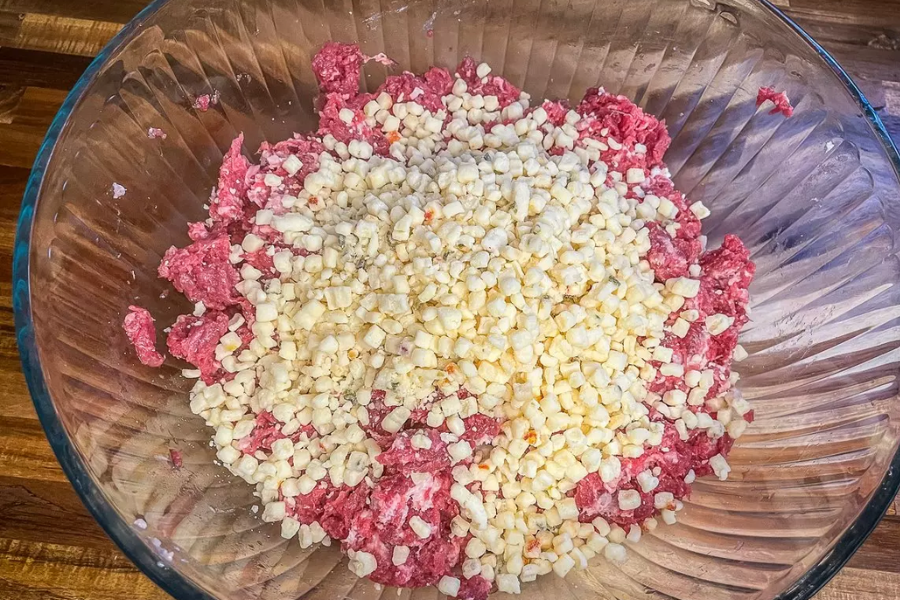Introduction
Chinatowns around the world are bustling hubs of culture, commerce, and—most notably—food. From steaming dumplings to aromatic roast duck, hawker stalls serve thousands of meals daily. But behind the vibrant food scenes lies a pressing issue: food waste from unconsumed hawker leftovers. This article explores the dynamics of Chinatown hawker leftovers consumption, examining why excess food exists, how communities manage it, and what can be done to minimize waste while preserving culinary heritage.
Why Do Hawker Leftovers Exist?
1. High Demand vs. Overproduction
Hawkers often prepare large quantities of food to meet peak dining hours. However, unpredictable foot traffic leads to:
- Unsold dishes by closing time.
- Perishable ingredients that expire before use.
2. Cultural Dining Habits
- Family-style servings encourage ordering more than needed.
- Festive over-ordering (e.g., Lunar New Year banquets) results in untouched dishes.
3. Aesthetic & Hygiene Standards
Many stalls discard food that:
- Loses freshness after sitting out.
- Doesn’t meet visual appeal (e.g., slightly burnt edges).
Where Do Chinatown Hawker Leftovers Go?
1. Donations to Charities & Shelters
Some Chinatown communities collaborate with:
- Food rescue NGOs (e.g., redistributing unsold buns to homeless shelters).
- Religious organizations that organize free meals.
2. Late-Night Discount Sales
To minimize losses, vendors may:
- Sell at half-price before closing.
- Offer “mystery boxes” of assorted leftovers.
3. Repurposed into New Dishes
Innovative hawkers transform leftovers into:
- Fried rice using yesterday’s steamed rice.
- Soups/stews from unused bones and vegetables.
4. Composting & Animal Feed
- Urban farms collect scraps for compost.
- Local pig farms use food waste as feed (where regulations allow).
Challenges in Managing Hawker Leftovers
1. Food Safety Concerns
- Spoilage risks if leftovers aren’t stored properly.
- Legal barriers to donating cooked food in some regions.
2. Stigma Around “Leftover Eating”
- Cultural reluctance to consume “second-hand” meals.
- Misconceptions that leftovers are low-quality.
3. Logistical Issues
- Lack of refrigeration in small stalls.
- Transportation costs for food rescue initiatives.
Solutions to Reduce Chinatown Hawker Food Waste
1. Tech-Driven Inventory Tracking
- AI demand prediction tools to optimize ingredient orders.
- Apps connecting vendors with food banks (e.g., Too Good To Go).
2. Community Education Campaigns
- “Take What You Finish” posters in multiple dialects.
- Cooking workshops on repurposing leftovers at home.
3. Government & NGO Partnerships
- Subsidies for hawkers who donate excess food.
- Centralized composting hubs for Chinatown districts.
4. Cultural Shifts in Dining
- Smaller portion options without losing value.
- “Zero-Waste Hawker” certification programs.
Case Study: Singapore’s Hawker Centers Lead the Way
While not a Chinatown-exclusive model, Singapore’s Sustainable Hawker Initiative offers insights:
- Food waste segregation bins in all centers.
- Tax incentives for stalls using compostable packaging.
- “Clean Plate” campaigns rewarding diners who finish meals.
How Tourists & Locals Can Help
For Visitors:
✔ Order sequentially instead of all at once.
✔ Bring containers for unfinished dishes.
For Residents:
✔ Buy “ugly” produce from hawker wet markets.
✔ Volunteer with food redistribution groups.
The Bigger Picture: Why This Matters
- Environmental Impact: Global food waste generates 8% of greenhouse gases—more than aviation.
- Economic Losses: Hawkers lose 15–20% of revenue to unsold inventory.
- Cultural Preservation: Reducing waste ensures future generations inherit vibrant hawker traditions.
Conclusion: A Collective Responsibility
Chinatown hawker leftovers are more than just excess food—they represent a intersection of culture, sustainability, and economics. By combining community action, policy support, and individual mindfulness, these neighborhoods can transform waste into opportunity. Whether through smarter ordering, tech innovations, or grassroots donations, everyone has a role in keeping Chinatown’s food scene thriving—without the trash.




